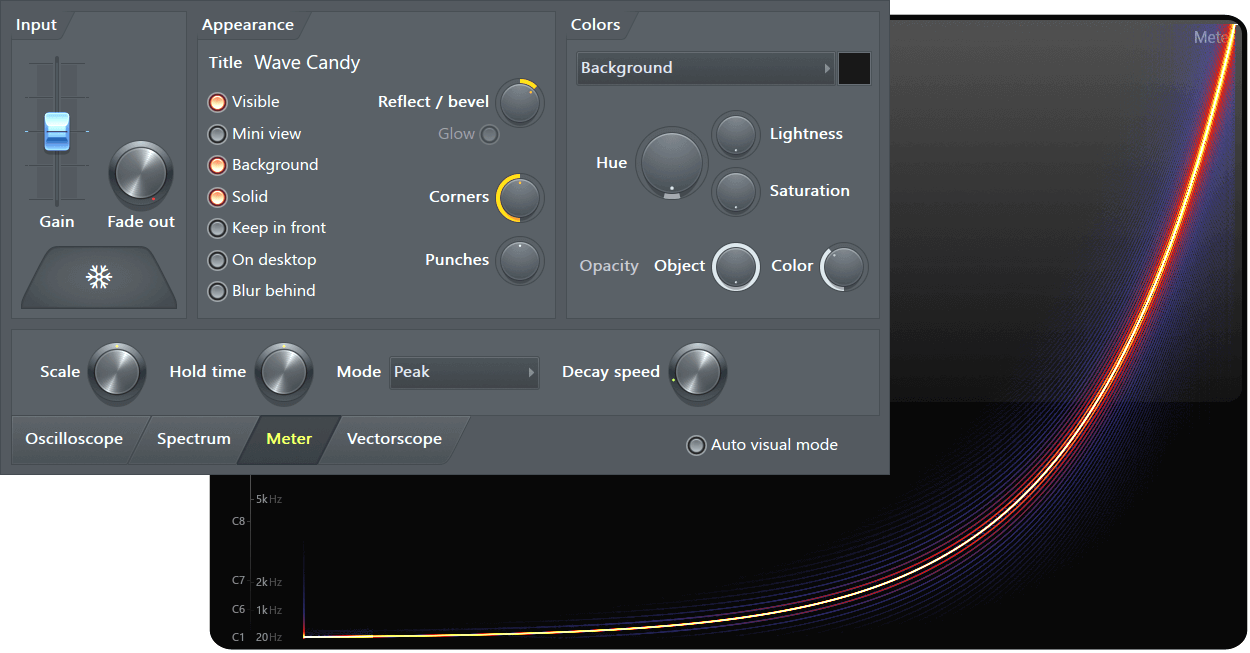



The difference is that the AE sensor works at much higher frequencies that are undetectable by the human ear. As such, an acoustic emission sensor is an extension of the ear. As an example, human sensors like the eye and the ear generate nerve impulses that are received by the brain with information related to the surrounding environment. 13.2.1.1 Typical sensorĪ sensor in general is something that gets information from a specific environment and produces a useful output. I've just been getting by listening, scrubbing and guessing on the screen. I want to the waveform to guide all the rest of my curve editing against the frame count. For the last 2 hours I have been hunting & pecking at filter controls on my own and get nowhere but lost.Ĭan someone provide advice, links or give me something specific to study - so I can nail that waveform on the screen? Ideally, I want that pretty much LOCKED or even a background display to stay there no matter what other curves I am editing. So I can have a tiny strip of space to edit my curve, while all the real-estate on the screen is taken up by empty space and oversized waveform.Ĭlearly, I am frustrated and using this screen wrong. So I use this scale/zoom tool, after playing a nice game of "shuffle screen zoom" for about a minute or two, to get them both to display. If I click on the sound wave file, then my noise-curve disappears! The interface is fighting me, I just want that waveform track display to STAY in view, and it wants to disappear every time I click a new key on my "noise strength" track.Īs you can see from the above image, I am trying to edit these key values and the sound-waveform is nowhere to be found in my curve editor. So now I'm trying to animate the mouth, which has to be lined up tight to the wave-form. I've been using this to guide me animating my character. I have a waveform sound in the background.


 0 kommentar(er)
0 kommentar(er)
